Astronomy
-
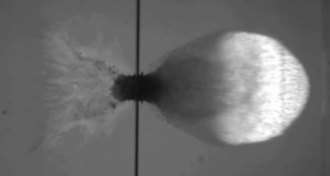 Astronomy
AstronomyWatch an experimental space shield shred a speeding bullet
Engineers tested how well a prototype shield for spacecraft would stand up to space debris by shooting it with a solid aluminum pellet.
-
 Planetary Science
Planetary ScienceReaders weigh in on human gene editing and more
Readers debated feeling morally obligated to edit their kid's genes and had questions about exoplanets.
-
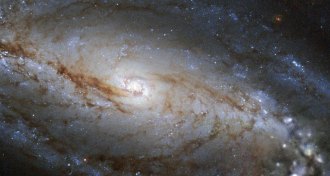 Astronomy
AstronomyAn amateur astronomer caught a supernova explosion on camera
An amateur astronomer has caught a supernova explosion on camera.
-
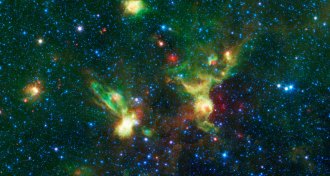 Astronomy
AstronomyJames Webb Space Telescope challenges artists to see in infrared
Astronomy artists face new challenges in translating James Webb’s invisible data into visuals.
-
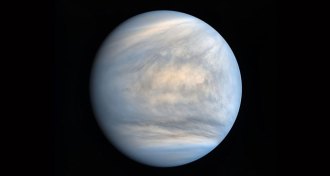 Planetary Science
Planetary ScienceWhat will it take to go to Venus?
Undeterred by funding woes, scientists are scraping together ideas to tackle heat, pressure and acidity challenges of landing on Venus.
-
 Astronomy
AstronomyReaders ask about supernovas, dark energy and more
Readers had questions about a supernova that continuously erupts, the difference between dark energy and dark matter, and more.
-
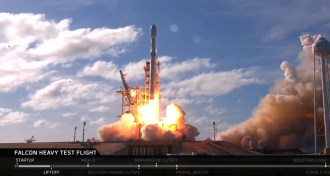 Astronomy
AstronomySpaceX just launched its biggest rocket for the first time
SpaceX just launched the Falcon Heavy — the most powerful rocket since the Saturn V — for the first time.
-
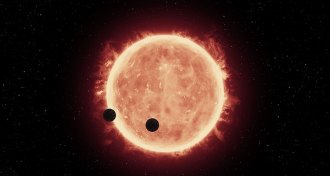 Astronomy
AstronomySome of TRAPPIST-1’s planets could have life-friendly atmospheres
The seven planets orbiting TRAPPIST-1 are probably rocky and some may have life-friendly atmospheres, two new papers suggest.
-
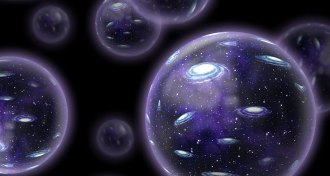 Astronomy
AstronomyUniverses with no weak force might still have stars and life
An alternate universe that lacks one of the four fundamental forces might still have galaxies, stars, planets and perhaps life, a new study suggests.
-
 Cosmology
CosmologyReaders wonder about the universe’s expansion and more
Readers had questions about the universe's accelerating expansion, a hidden void in the Great Pyramid of Giza and what happens to human waste in space.
-
 Astronomy
AstronomyThe X-ray glow keeps growing after the recent neutron star collision
X-rays from a neutron star collision have been getting brighter, and scientists are debating why.
-
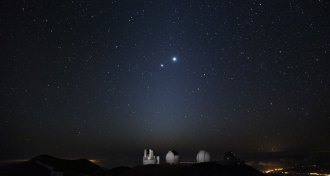 Astronomy
AstronomyStars with too much lithium may have stolen it
Some small stars have extra lithium before they grow old, suggesting they get extra amounts of the element from an external source.